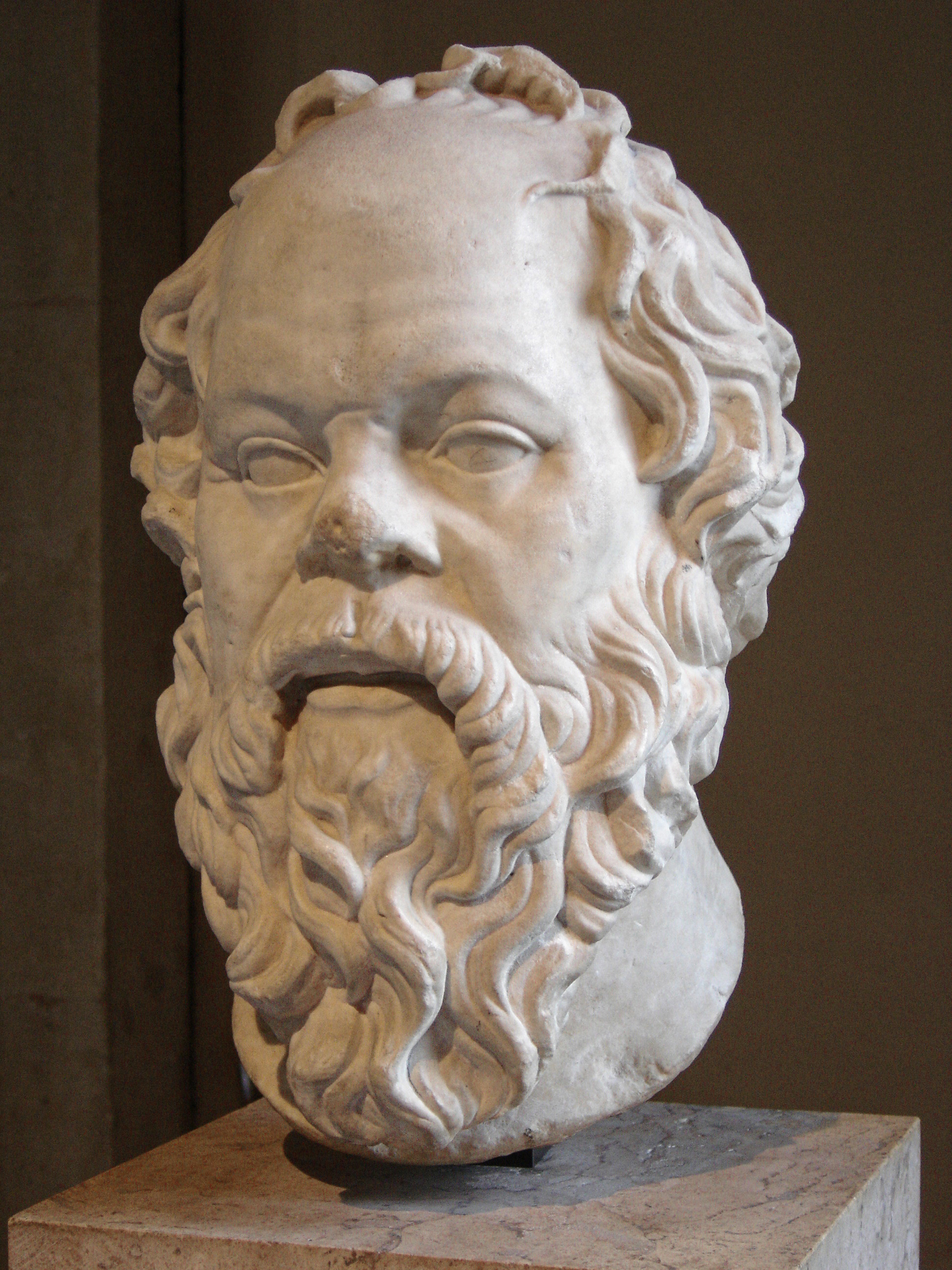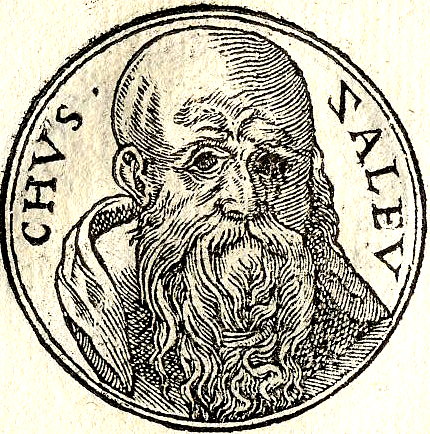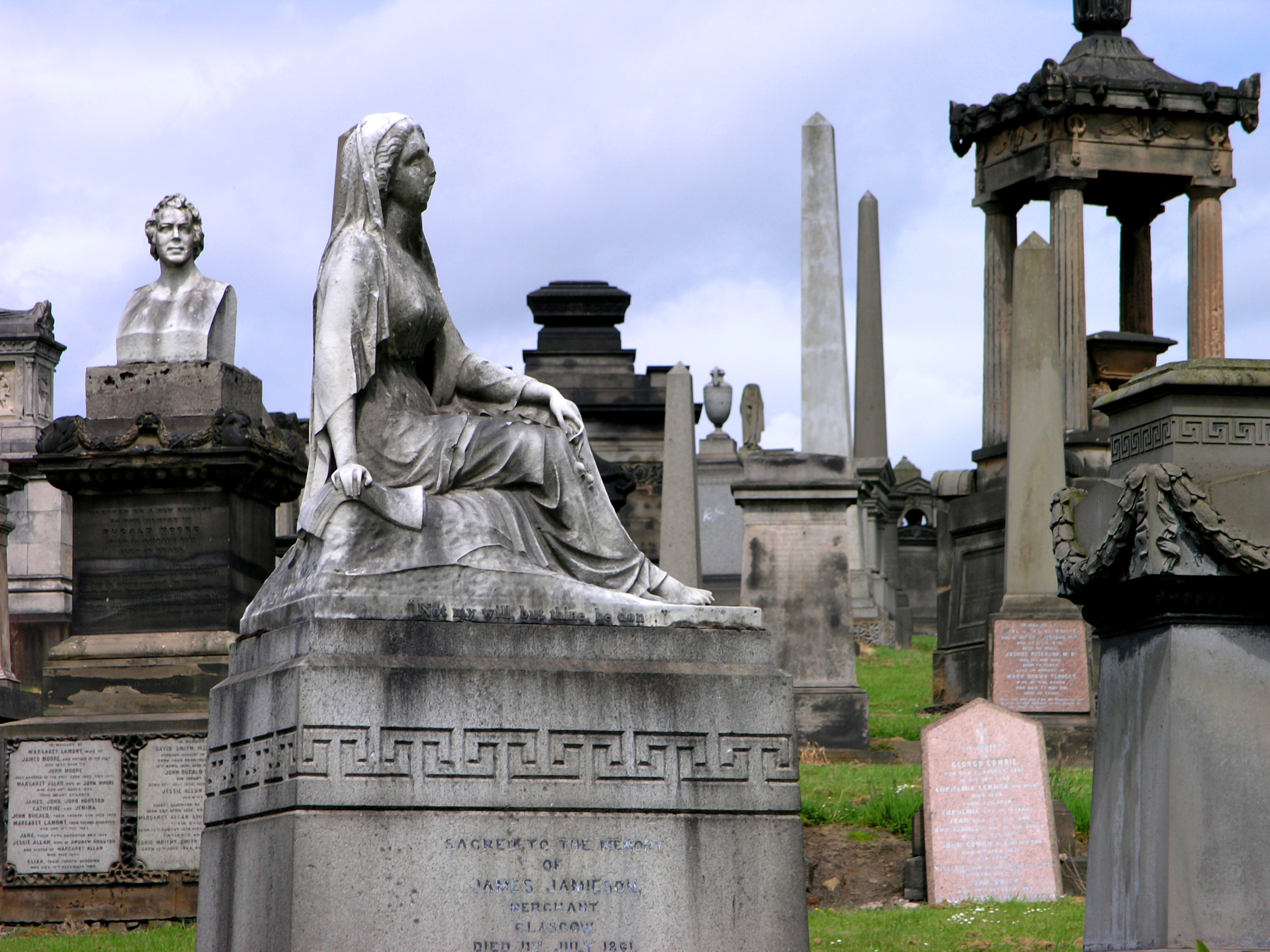|
Locri, Italy
Locri is a town and ''comune'' (municipality) in the province of Reggio Calabria, Calabria, southern Italy. Its name derives from that of the ancient Greek region of Locris. Today it is an important administrative and cultural center on the Ionian Coast and within its province. History Epizephyrian Locris or Locri Epizephyrii (; from the plural of (, "a Locrian"), (, "on"), (, "West Wind"), thus "the Western Locrians") was founded about 680 BC on the Italian shore of the Ionian Sea, near modern Capo Zefirio, by the Locrians, apparently by Opuntii (East Locrians) from the city of Opus, but including Ozolae (West Locrians) and Lacedaemonians. Its Latin name, ''Locri'', is the plural of the Latin ''Locrus'', which was used both to mean an inhabitant of Locris and the eponymous ancestor of the Locrians. Strabo suggests that the Ozolian Locrians were the principal founders, while Ephorus held that the Locri was a colony of Opuntian Locris. Due to fierce winds at an original se ... [...More Info...] [...Related Items...] OR: [Wikipedia] [Google] [Baidu] |
Calabria
Calabria is a Regions of Italy, region in Southern Italy. It is a peninsula bordered by the region Basilicata to the north, the Ionian Sea to the east, the Strait of Messina to the southwest, which separates it from Sicily, and the Tyrrhenian Sea to the west. It has 1,832,147 residents as of 2025 across a total area of . Catanzaro is the region's capital. Calabria is the birthplace of the name of Italy, given to it by the Ancient Greeks who settled in this land starting from the 8th century BC. They established the first cities, mainly on the coast, as Greek colonisation, Greek colonies. During this period Calabria was the heart of Magna Graecia, home of key figures in history such as Pythagoras, Herodotus and Milo of Croton, Milo. In Roman times, it was part of the ''Regio III Lucania et Bruttii'', a region of Roman Italy, Augustan Italy. After the Gothic War (535–554), Gothic War, it became and remained for five centuries a Byzantine empire, Byzantine dominion, fully recove ... [...More Info...] [...Related Items...] OR: [Wikipedia] [Google] [Baidu] |
Strabo
Strabo''Strabo'' (meaning "squinty", as in strabismus) was a term employed by the Romans for anyone whose eyes were distorted or deformed. The father of Pompey was called "Gnaeus Pompeius Strabo, Pompeius Strabo". A native of Sicily so clear-sighted that he could see things at great distance as if they were nearby was also called "Strabo". (; ''Strábōn''; 64 or 63 BC) was an ancient Greece, ancient Greek geographer who lived in Anatolia, Asia Minor during the transitional period of the Roman Republic into the Roman Empire. He is best known for his work ''Geographica'', which presented a descriptive history of people and places from different regions of the world known during his lifetime. Additionally, Strabo authored historical works, but only fragments and quotations of these survive in the writings of other authors. Early life Strabo was born to an affluent family from Amasya, Amaseia in Kingdom of Pontus, Pontus in around 64BC. His family had been involved in politics s ... [...More Info...] [...Related Items...] OR: [Wikipedia] [Google] [Baidu] |
Diodorus Siculus
Diodorus Siculus or Diodorus of Sicily (; 1st century BC) was an ancient Greece, ancient Greek historian from Sicily. He is known for writing the monumental Universal history (genre), universal history ''Bibliotheca historica'', in forty books, fifteen of which survive intact, between 60 and 30 BC. The history is arranged in three parts. The first covers mythic history up to the destruction of Troy, arranged geographically, describing regions around the world from Egypt, India and Arabia to Europe. The second covers the time from the Trojan War to the death of Alexander the Great. The third covers the period to about 60 BC. ''Bibliotheca'', meaning 'library', acknowledges that he was drawing on the work of many other authors. Life According to his own work, he was born in Agira, Agyrium in Sicily (now called Agira). With one exception, classical antiquity, antiquity affords no further information about his life and doings beyond his written works. Only Jerome, in his ''Ch ... [...More Info...] [...Related Items...] OR: [Wikipedia] [Google] [Baidu] |
Hera
In ancient Greek religion, Hera (; ; in Ionic Greek, Ionic and Homeric Greek) is the goddess of marriage, women, and family, and the protector of women during childbirth. In Greek mythology, she is queen of the twelve Olympians and Mount Olympus, sister and wife of Zeus, and daughter of the Titans Cronus and Rhea (mythology), Rhea. One of her defining characteristics in myth is her jealous and vengeful nature in dealing with any who offended her, especially Zeus's numerous adulterous lovers and illegitimate offspring. Her iconography usually presents her as a dignified, matronly figure, upright or enthroned, crowned with a ''polos'' or diadem, sometimes veiled as a married woman. She is the patron goddess of lawful marriage. She presides over weddings, blesses and legalises marital unions, and protects women from harm during childbirth. Her sacred animals include the Cattle, cow, cuckoo, and Peafowl, peacock. She is sometimes shown holding a pomegranate as an emblem of immort ... [...More Info...] [...Related Items...] OR: [Wikipedia] [Google] [Baidu] |
Ludovisi Throne
The Ludovisi Throne is an exceptional ancient sculpture from Locri, Southern Italy. Not an actual throne, the sculpture is white marble block intricately carved with bas-reliefs on its three visible sides, with its primary depiction considered by many as depicting Aphrodite rising from the sea. It originates from the transitional phase between the Archaic and Early Classical styles, circa 460 BC. Currently, it resides in the Museo Nazionale Romano of Palazzo Altemps in Rome, having been acquired by Italy in 1894. The central relief of the Throne, encompassing a height of 0.9 m and length of 1.42 m, is traditionally interpreted as the goddess Aphrodite, enveloped in her signature diaphanous attire, being aided by two Horae on the shore. Yet, the unique iconography presents challenges, prompting some experts to speculate alternative subjects, like the chthonic deity Persephone or even Hera Parthenos emerging from the waters. The side panels, too, present interpretive challenges, w ... [...More Info...] [...Related Items...] OR: [Wikipedia] [Google] [Baidu] |
Aphrodite
Aphrodite (, ) is an Greek mythology, ancient Greek goddess associated with love, lust, beauty, pleasure, passion, procreation, and as her syncretism, syncretised Roman counterpart , desire, Sexual intercourse, sex, fertility, prosperity, and victory. Aphrodite's major symbols include seashells, Myrtle (common), myrtles, roses, doves, sparrows, and swans. The cult of Aphrodite was largely derived from that of the Ancient Canaanite religion, Phoenician goddess Astarte, a cognate of the East Semitic goddess Ishtar, whose cult was based on the Sumerian religion, Sumerian cult of Inanna. Aphrodite's main cult centers were Kythira, Cythera, Cyprus, Corinth, and Athens. Her main festival was the Aphrodisia, which was celebrated annually in midsummer. In Laconia, Aphrodite was worshipped as a warrior goddess. She was also the patron goddess of Prostitution in ancient Greece, prostitutes, an association which led early scholars to propose the concept of sacred prostitution in Greco-Rom ... [...More Info...] [...Related Items...] OR: [Wikipedia] [Google] [Baidu] |
Persephone
In ancient Greek mythology and Ancient Greek religion, religion, Persephone ( ; , classical pronunciation: ), also called Kore ( ; ) or Cora, is the daughter of Zeus and Demeter. She became the queen of the Greek underworld, underworld after her abduction by her uncle Hades, the king of the underworld, who would later take her into marriage. The myth of her abduction, her sojourn in the underworld, and her cyclical return to the surface represents her functions as the embodiment of spring and the personification of vegetation, especially grain crops, which disappear into the earth when sown, sprout from the earth in spring, and are harvested when fully grown. In Art in ancient Greece, Classical Greek art, Persephone is invariably portrayed robed, often carrying a wikt:sheaf, sheaf of grain. She may appear as a mystical divinity with a sceptre and a little box, but she was mostly represented in the process of being carried off by Hades. Persephone, as a vegetation deity, veg ... [...More Info...] [...Related Items...] OR: [Wikipedia] [Google] [Baidu] |
Plato
Plato ( ; Greek language, Greek: , ; born BC, died 348/347 BC) was an ancient Greek philosopher of the Classical Greece, Classical period who is considered a foundational thinker in Western philosophy and an innovator of the written dialogue and dialectic forms. He influenced all the major areas of theoretical philosophy and practical philosophy, and was the founder of the Platonic Academy, a philosophical school in History of Athens, Athens where Plato taught the doctrines that would later become known as Platonism. Plato's most famous contribution is the theory of forms, theory of forms (or ideas), which aims to solve what is now known as the problem of universals. He was influenced by the pre-Socratic thinkers Pythagoras, Heraclitus, and Parmenides, although much of what is known about them is derived from Plato himself. Along with his teacher Socrates, and his student Aristotle, Plato is a central figure in the history of Western philosophy. Plato's complete ... [...More Info...] [...Related Items...] OR: [Wikipedia] [Google] [Baidu] |
Zaleucus
Zaleucus (; fl. 7th century BC) was the Ancient Greece, Greek lawgiver of Epizephyrian Locris, in Magna Graecia. According to the Suda, he was previously a slave and a shepherd, and after having been educated he gave laws to his fellow-citizens. Some sources make him a Pythagoreanism, Pythagorean philosopher, although older ones put him as older than Pythagoras or even deny his existence altogether. They also attribute divine origin to his laws. Most probably, he devised the first written European law code, the Locrian code, in the 7th century BC. The code, however, is lost except for some later mentions and imitations which seem clearly anachronistic. These, which among other things mention that: It also banned the drinking of undiluted wine except for medical purposes. Although the Locrian code distinctly favored the aristocracy, Zaleucus was famous for his conciliation of societal factions. No other facts of his life at all are certain. According to legends, he punished adul ... [...More Info...] [...Related Items...] OR: [Wikipedia] [Google] [Baidu] |
Necropolis
A necropolis (: necropolises, necropoles, necropoleis, necropoli) is a large, designed cemetery with elaborate tomb monuments. The name stems from the Ancient Greek ''nekropolis'' (). The term usually implies a separate burial site at a distance from a city, as opposed to tombs within cities, which were common in various places and periods of history. They are different from grave fields, which did not have structures or markers above the ground. While the word is most commonly used for ancient sites, the name was revived in the early 19th century and applied to planned city cemeteries, such as the Glasgow Necropolis. In the ancient world Egypt Ancient Egypt is noted for multiple necropoleis and they are major archaeological sites for Egyptology.. Ancient Egyptian funerary practices and beliefs about the afterlife led to the construction of several extensive necropoleis to secure and provision the dead in the hereafter. Probably the best-known one is the Giza Necropolis. ... [...More Info...] [...Related Items...] OR: [Wikipedia] [Google] [Baidu] |
Defensive Wall
A defensive wall is a fortification usually used to protect a city, town or other settlement from potential aggressors. The walls can range from simple palisades or earthworks to extensive military fortifications such as curtain walls with towers, bastions and gates for access to the city. From ancient to modern times, they were used to enclose settlements. Generally, these are referred to as city walls or town walls, although there were also walls, such as the Great Wall of China, Walls of Benin, Hadrian's Wall, Anastasian Wall, and the Atlantic Wall, which extended far beyond the borders of a city and were used to enclose regions or mark territorial boundaries. In mountainous terrain, defensive walls such as '' letzis'' were used in combination with castles to seal valleys from potential attack. Beyond their defensive utility, many walls also had important symbolic functions representing the status and independence of the communities they embraced. Existing ancient walls ... [...More Info...] [...Related Items...] OR: [Wikipedia] [Google] [Baidu] |
Locri Pinax Of Persephone And Hades
Locri is a town and ''comune'' (municipality) in the province of Reggio Calabria, Calabria, southern Italy. Its name derives from that of the ancient Greek region of Locris. Today it is an important administrative and cultural center on the Ionian Coast and within its province. History Epizephyrian Locris or Locri Epizephyrii (; from the plural of (, "a Locrian"), (, "on"), (, "West Wind"), thus "the Western Locrians") was founded about 680 BC on the Italian shore of the Ionian Sea, near modern Capo Zefirio, by the Locrians, apparently by Opuntii (East Locrians) from the city of Opus, but including Ozolae (West Locrians) and Lacedaemonians. Its Latin name, ''Locri'', is the plural of the Latin ''Locrus'', which was used both to mean an inhabitant of Locris and the eponymous ancestor of the Locrians. Strabo suggests that the Ozolian Locrians were the principal founders, while Ephorus held that the Locri was a colony of Opuntian Locris. Due to fierce winds at an original se ... [...More Info...] [...Related Items...] OR: [Wikipedia] [Google] [Baidu] |










